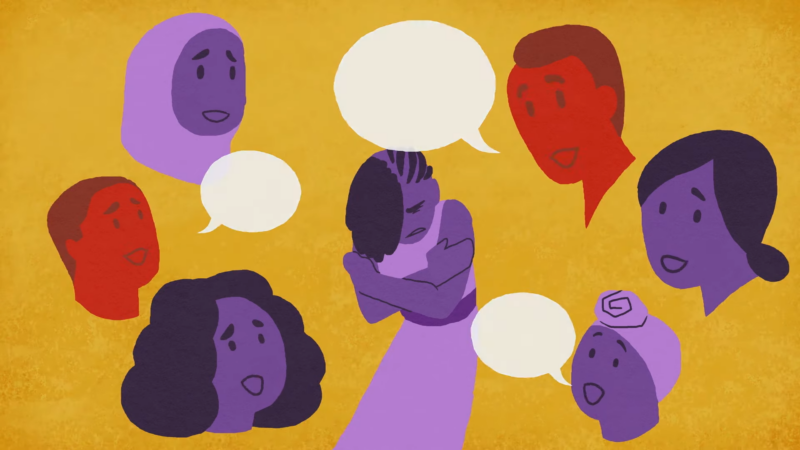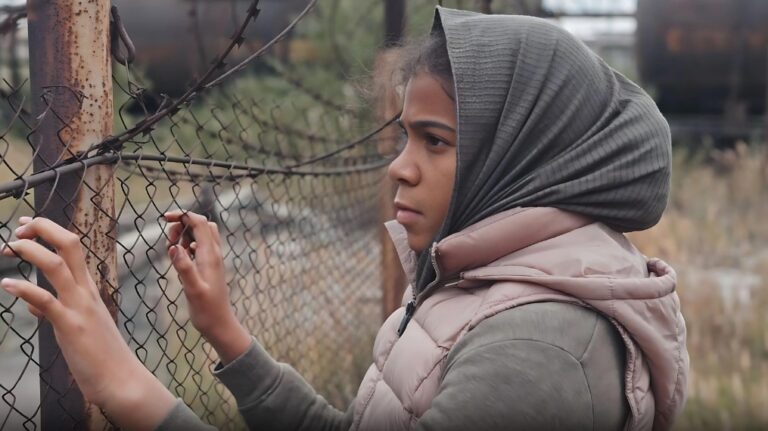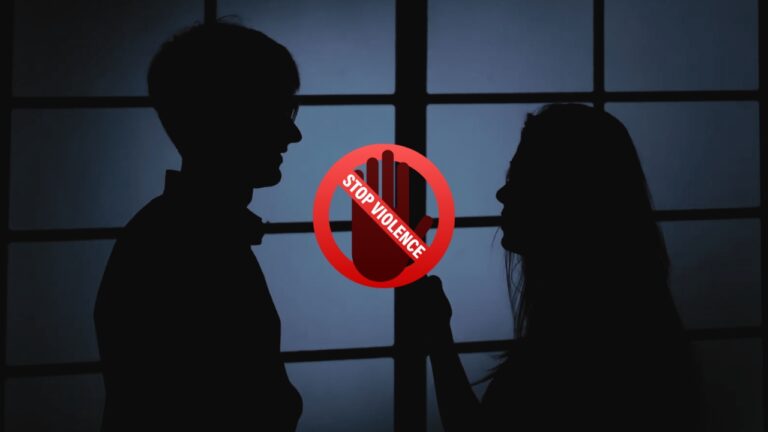Every year on November 25, the International Day for the Elimination of Violence against Women begins 16 days of activism against gender-based violence (GBV).
GBV occurs worldwide and violates human rights; thus, we must urgently end it. The risk of GBV escalates during crises like conflicts or natural disasters, increasing the urgency to prevent and address it.
The International Rescue Committee (IRC) has been dedicated to preventing and responding to GBV since 1996, accumulating over 25 years of experience.
Women and girls suffer disproportionately from all forms of GBV. Here, we explore the reasons for this and discuss strategies to prevent it.
So Let’s Find out What This Exactly Means

Gender-based violence (GBV) refers to any harmful act committed against someone’s will that stems from power imbalances between women and men, prevalent in both conflict-affected and peaceful settings.
The UN describes violence against women as any gender-based violence that could cause physical, sexual, or psychological harm or suffering to women. This includes threats, coercion, or the arbitrary loss of liberty, occurring in both public and private spaces.
Globally, over one-third of women and girls will face violence in their lifetimes, a rate that increases in emergencies and conflicts where traditional protections may fail.
GBV can take many forms, both visible and invisible, and even includes the threat of violence. Examples include physical violence like assault or enslavement, emotional or psychological violence such as verbal abuse or confinement, sexual abuse including rape, harmful traditional practices like child marriage and female genital mutilation, economic violence like withholding resources, and sexual harassment, exploitation, and abuse.
Intimate Partner Violence (IPV)
Intimate Partner Violence (IPV), also known as domestic violence, is a prevalent form of violence against women and girls. It encompasses any harmful behavior by a current or former partner, including physical aggression, sexual coercion, psychological abuse, and controlling actions.
According to the United Nations, one in four women globally has experienced physical or sexual violence by an intimate partner at some point in their lives. Research by the International Rescue Committee (IRC) indicates that IPV is the most frequent form of violence against women and girls in humanitarian situations.
Who Is Most at Risk of Gender-Based Violence?

Gender-based violence can affect anyone, but it disproportionately impacts women and girls, especially in crisis settings where their gender and circumstances make them particularly vulnerable.
Women and girls from diverse and marginalized communities are at even higher risk due to overlapping forms of discrimination and oppression.
Groups at higher risk include:
- Women and girls with disabilities
- Young and adolescent girls
- Older women
- LGBTQ+ individuals
- Women from ethnic minorities
- Refugees and migrants
It’s essential to recognize that individuals often embody multiple identities simultaneously. For example, a woman might be an older refugee with a disability.
Understanding intersectionality is critical—it acknowledges that people face various discrimination and risks due to a combination of identities like gender, race, religion, and age.
This concept is vital for effectively determining and providing tailored prevention and response services. Research indicates that adolescent girls in displacement settings are particularly vulnerable, often overlooked by both child protection services and programs designed for adult women.
Long-Term Effects of GBV

Gender-based violence (GBV) leaves deep and lasting scars on survivors and their families. The consequences can vary widely, from physical injuries and long-term emotional distress to fatalities. Rape and sexual assault may lead to unintended pregnancies, birth complications, and sexually transmitted infections, including HIV.
The social and economic repercussions of GBV often result in lost livelihoods and perpetuate gender inequalities. Seeking help or reporting GBV can expose survivors to further threats, social stigma, and ostracism. Additionally, GBV significantly hinders women and girls from accessing essential services like food, shelter, and healthcare.
Crises such as climate-related disasters are not merely short-term events. They can recur, forcing many women and girls into prolonged displacement, often in temporary accommodations. This extended exposure to GBV can prolong and intensify its impact, undermining their resilience and empowerment for years, if not decades.
How To Prevent?
Despite the significant risk it poses, there are effective strategies to prevent gender-based violence (GBV) against women and girls. Prevention measures include:
- Empowering women and girls throughout their lives by ensuring they remain in school and have economic opportunities.
- Adopting feminist approaches to address gender inequality in all areas, including domestic settings.
- Creating safe spaces specifically for women and girls.
- Providing financial support directly to women.
- Engaging men as allies in the fight against GBV.
- Including women in leadership roles and decision-making processes.
- Supporting local organizations led by women and those that advocate for women’s rights.
Comprehensive GBV services are crucial, especially in crises, to protect women and girls from violence and to improve their chances for recovery and resilience. Humanitarian organizations must adopt a feminist approach in their programs, considering the power imbalances between genders when designing interventions for crisis-affected populations.
Despite understanding the extent of GBV, its severe and sometimes deadly consequences, and knowing how to prevent and address it, GBV still lacks the urgent prioritization it requires during humanitarian responses. In 2021, only 28% of the funding needed for GBV responses was secured, marking the lowest proportion in the last four years and a decline from 32% in 2020.










